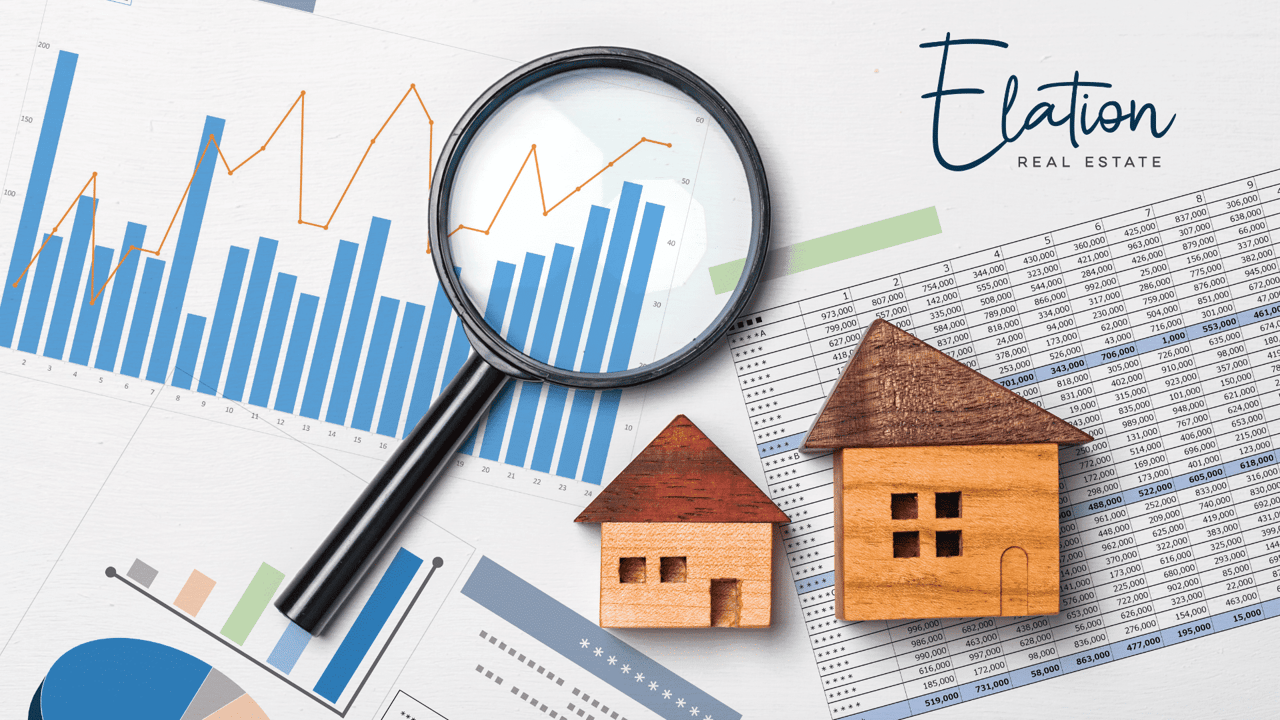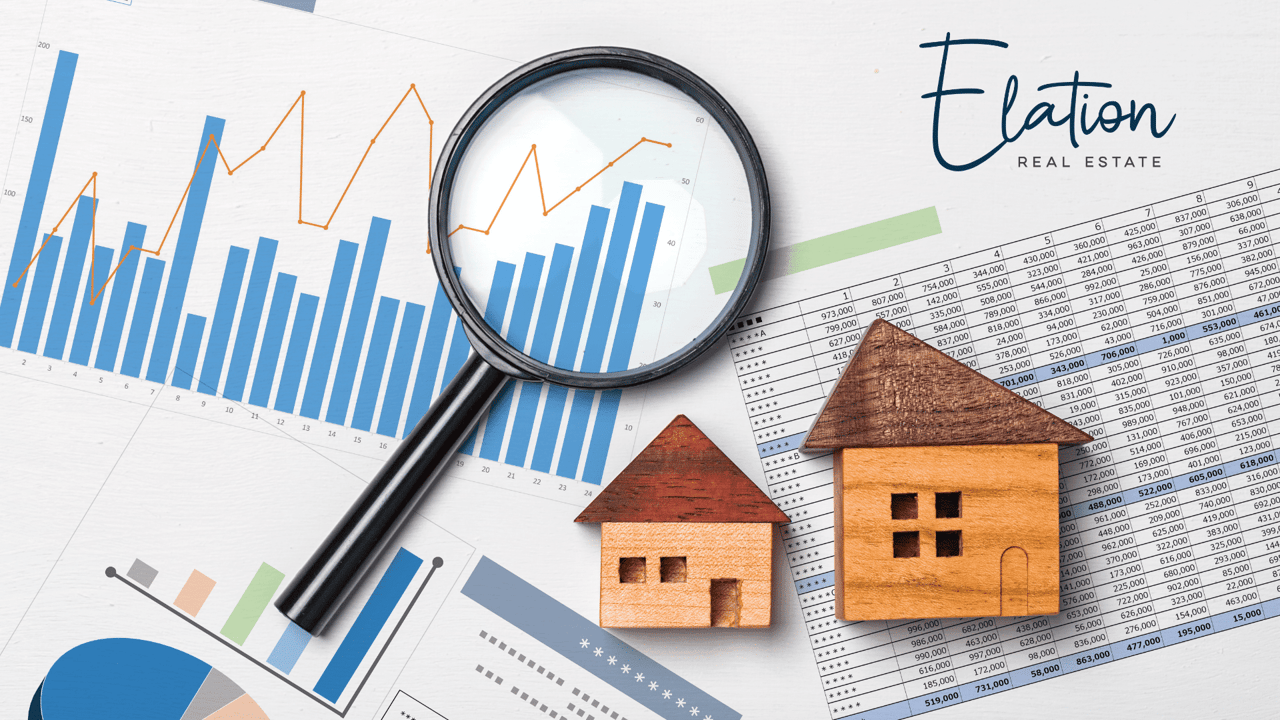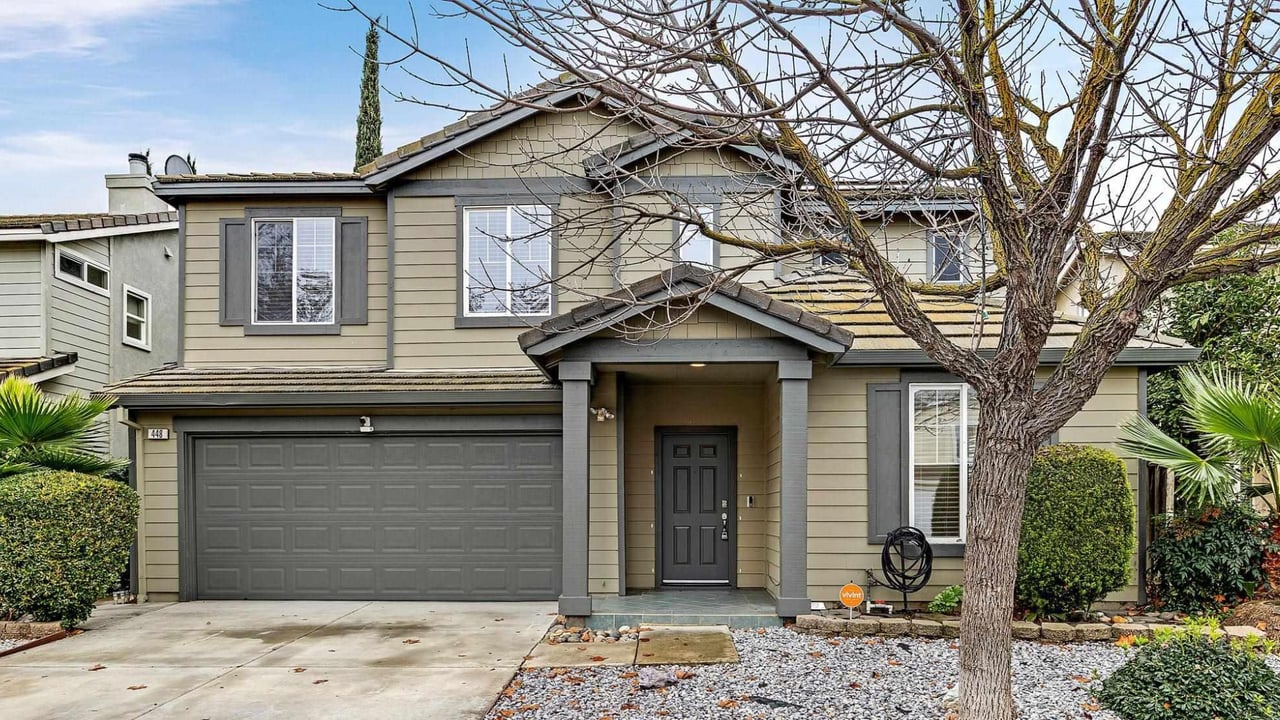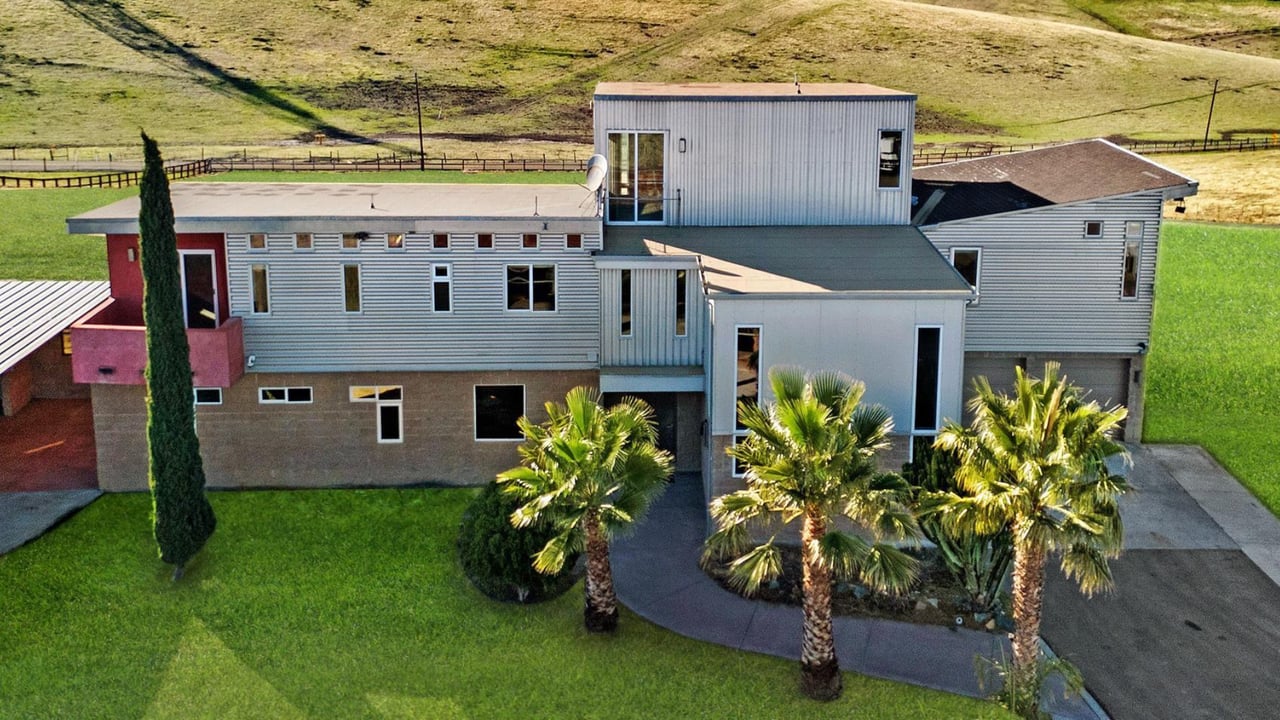May 19, 2022

Stay up to date on the latest real estate trends.

December 24, 2025
Photography principles that attract buyers

December 20, 2025
Local seasonal highlights

December 18, 2025
2025 Wrap-Up

December 18, 2025
How They Impact Capital Gains

December 16, 2025
Habits that help you stay focused and effective

December 12, 2025
Seasonal Rinks That Spark Joy

December 9, 2025
What to ask Before Making an Offer

December 6, 2025
The impact of Personal Branding

December 2, 2025
A Local Holiday Adventure
Have questions about buying or selling a home? Our experienced and friendly Realtors® are here to help you.